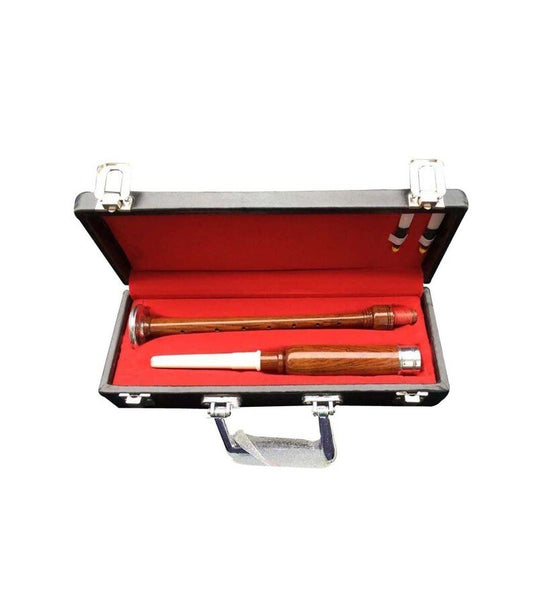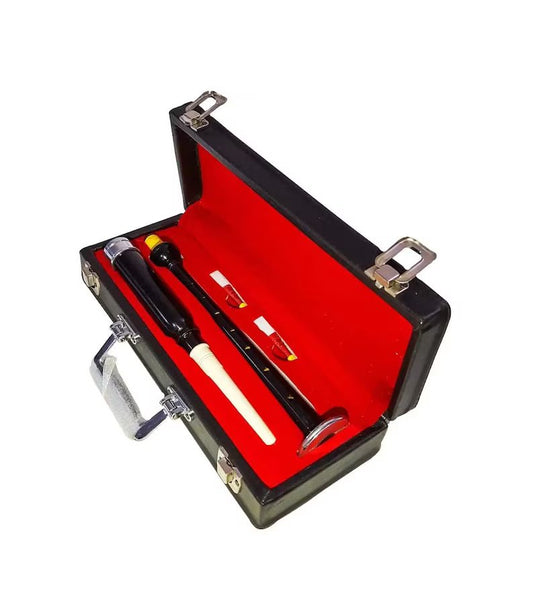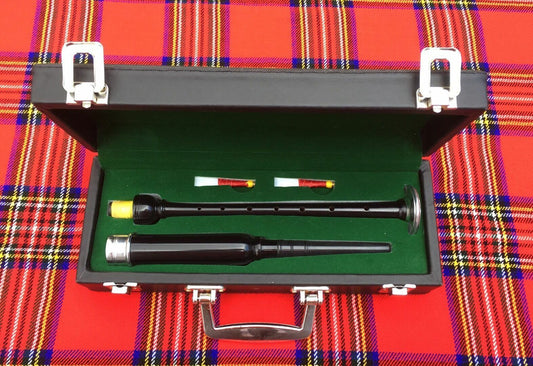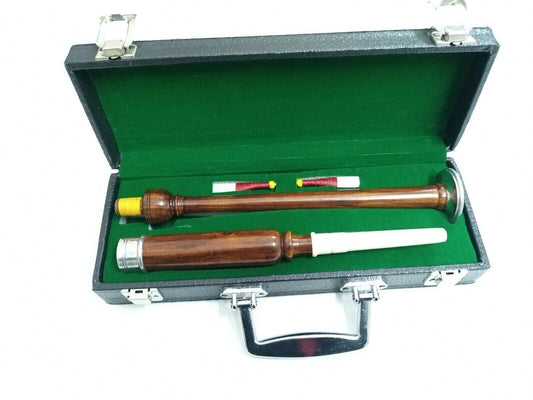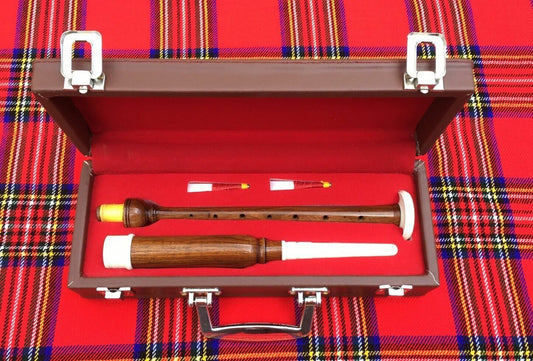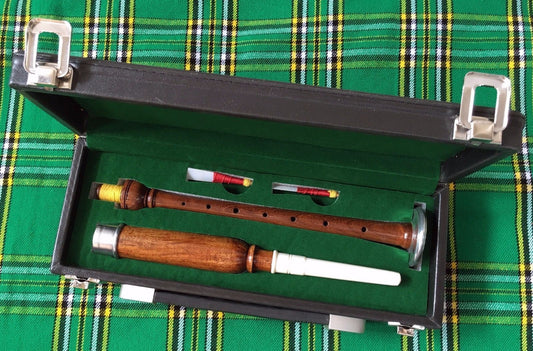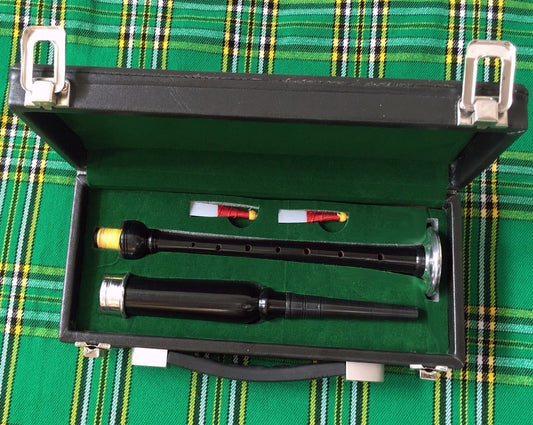-
Bagpipe practice Chanter for Sale
Regular price $69.00 CADRegular priceUnit price / per$137.00 CADSale price $69.00 CADSale -
Black Bagpipe practice Chanter
Regular price $69.00 CADRegular priceUnit price / per$137.00 CADSale price $69.00 CADSale -
New Black Bagpipe practice Chanter For Sale
Regular price $69.00 CADRegular priceUnit price / per$137.00 CADSale price $69.00 CADSale -
New Brown Practice Chanter For Beginners
Regular price $69.00 CADRegular priceUnit price / per$137.00 CADSale price $69.00 CADSale -
New Brown practice Chanter For Sale
Regular price $69.00 CADRegular priceUnit price / per$137.00 CADSale price $69.00 CADSale -
Practice Chanter For Beginners
Regular price $69.00 CADRegular priceUnit price / per$137.00 CADSale price $69.00 CADSale -
Practice Chanter For Sale
Regular price $69.00 CADRegular priceUnit price / per$137.00 CADSale price $69.00 CADSale
Collection: Practice Chanters
Practice Chanters: Essential Tools for Learning Bagpipes
Introduction: Practice chanters are integral components of bagpipe instruction, providing a means for beginners to learn and practice the fundamental techniques of playing the bagpipes without the complexity of the full instrument. In this guide, we'll explore the features, uses, types, and significance of practice chanters in bagpipe education.
Features of Practice Chanters:
-
Design: Practice chanters are slender, flute-like instruments with a cylindrical bore and a closed-end. They typically consist of a plastic or wooden body and a plastic or wooden mouthpiece.
-
Length: Practice chanters are shorter than full bagpipes, making them easier to handle and play, especially for beginners. The standard length of a practice chanter is around 18 to 21 inches.
-
Tone Holes: Practice chanters feature tone holes along the length of the instrument, which the player covers and uncovers with their fingers to produce different notes. The placement and size of these tone holes determine the scale and range of the practice chanter.
-
Reed: Practice chanters use a single reed, usually made of plastic or cane, which is inserted into the mouthpiece. The reed vibrates when air is blown into the chanter, producing sound.
Uses of Practice Chanters:
-
Instruction: Practice chanters are essential tools for beginners learning to play the bagpipes. They allow students to focus on mastering basic techniques such as fingering, breath control, and tone production before progressing to the full instrument.
-
Practice: Practice chanters enable pipers to practice and refine their skills away from the full bagpipes. This allows for more focused and disciplined practice sessions, helping pipers improve their technique and musicality.
-
Teaching Tool: Practice chanters are also used by bagpipe instructors to demonstrate techniques, exercises, and tunes to their students. They provide a clear and audible reference point for learners to follow along and emulate.
Types of Practice Chanters:
-
Standard Practice Chanters: These chanters are the most common type used by beginners and intermediate players. They feature a simple design with a plastic or wooden body and are affordable and durable.
-
Tunable Practice Chanters: Tunable practice chanters allow players to adjust the pitch and tuning of the instrument by manipulating a tuning slide or adjustable reed seat. This feature is useful for maintaining proper tuning and intonation.
-
Poly Practice Chanters: Poly practice chanters are made from synthetic materials such as polypenco or ABS plastic. They are durable, resistant to moisture and temperature changes, and are often favored by beginners and outdoor performers.
Significance of Practice Chanters:
-
Foundation Building: Practice chanters provide the foundation for learning bagpipes, allowing beginners to develop essential skills and techniques in a controlled and accessible manner.
-
Skill Development: Regular practice with a practice chanter helps pipers build finger dexterity, breath control, and muscle memory, leading to improved proficiency and musicality on the full bagpipes.
-
Confidence Building: Practice chanters allow learners to progress at their own pace and gain confidence in their abilities before transitioning to the full instrument. This gradual approach fosters a sense of achievement and motivation.
Conclusion: Practice chanters are invaluable tools for anyone learning to play the bagpipes. With their accessible design, versatility, and effectiveness, practice chanters enable beginners to lay a solid foundation of skills and knowledge essential for mastering the art of bagpipe playing. Whether used for individual practice, instruction, or performance preparation, practice chanters play a vital role in the education and development of bagpipers of all levels.

